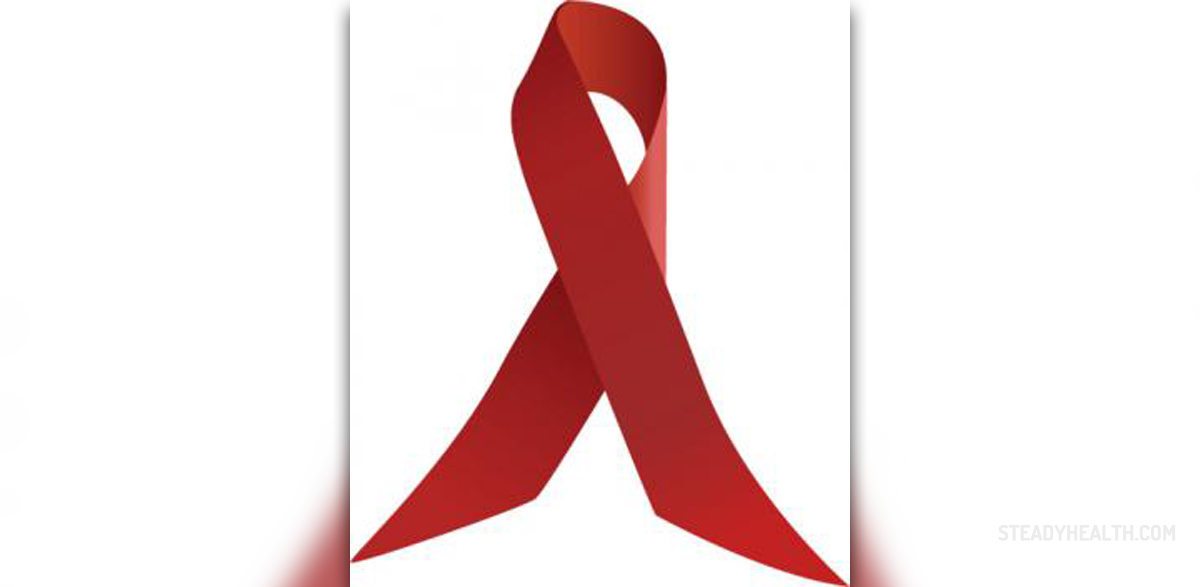
HIV or human immunodeficiency virus, causes AIDS, acquired immunodeficiency syndrome, a disease in humans in which a person\'s immune system begins to deteriorate and becomes susceptible to infections. At first, if a person becomes infected with HIV, he or she does not necessarily notice any symptoms, or seems to may have caught minor flu only. These early symptoms include headache, sore throat, swollen lymph glands and fever. Although it is not obvious a person is infected with HIV virus, he or she may transfer it to others, usually through semen, vaginal fluid, blood or breast milk. As soon as the person is infected, his or her immune system begins to fail because the virus attacks lymphocytes, the white blood cells that help the body fight against infections. In the United States, children under the age of thirteen who have HIV got it through vertical transmission, meaning they got the virus from the mother while they were still in the womb or while passing through the birth canal. It should be stated, however, that not every child whose mother is HIV infected will be born with it. Besides passing it during birth, a mother can pass the virus through breast milk. In the years when the milk banks were common, there were many cases that children got the virus from the milk of another female, not their mother, which contained infected cells. After 1985. all blood products have to be screened for HIV.
Transmission of HIV
Besides vertical transmission, HIV is spread by sexual contact, usually in adults and adolescents, through blood contamination, and needles, especially among groups of drug users.
Symptoms
The symptoms of HIV in children differ depending on the child\'s age. Infants born with HIV virus have poor weight gain and bone growth, their physical growth is slow, their lymph nodes are swollen, they have diarrhea, their stomach is swollen, and they have white patches in their mouth, called thrush. Children older than one year have somewhat different symptoms, including flu-like symptoms a couple of months after they became infected, fever, headache, swollen lymph nodes. However, children and adolescents often have no symptoms nor difficulties for several months after the infection took place. Severe symptoms may stay concealed for even ten years, but the virus is active in the body during that time, killing cells of the immune system. The immune system is deteriorating, and the complications start to appear, such as lack of energy, swollen lymph nodes, skin rashes and flaky skin, weight loss, yeast infections, various other infections that do not respond to treatments, loss of short-term memory. Since these symptoms look a lot like symptoms of other diseases, a pediatrician should always be consulted if any of the symptoms occur.
Diagnosis and treatment
HIV infection in a child is detected by doing blood tests for the presence of antibodies. These antibodies usually increase three months after the infection, so a baby after the birth may not have them yet, and maybe even after six months they will reach high levels. As with many other serious conditions, there are medical treatments that help slow down the development of AIDS, although there is still no cure for it. The good news is that there are treatments that cure conditions associated with HIV. Pregnant women are much less likely to transfer the virus to the baby if they take anti-retroviral drug therapy, or if they give birth through cesarean section. After the birth, infected mothers are advised not to breastfeed their children.


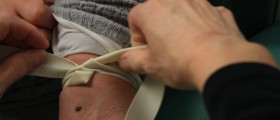
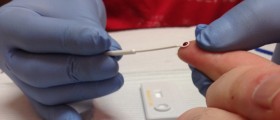
_f_280x120.jpg)

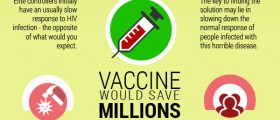
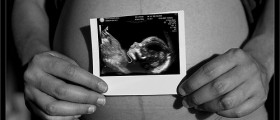
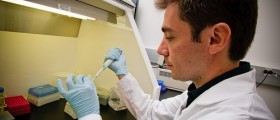

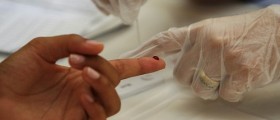






Your thoughts on this
Loading...